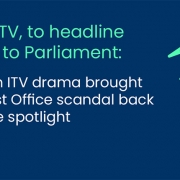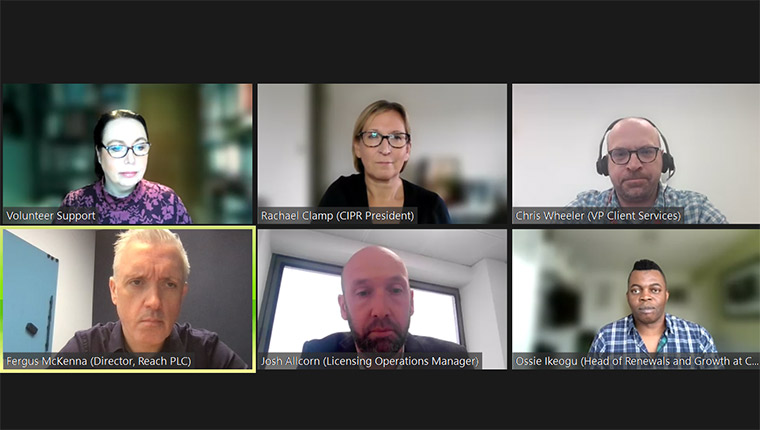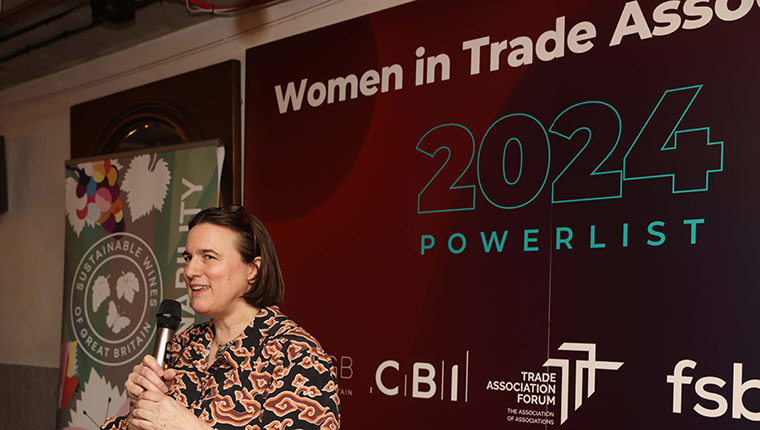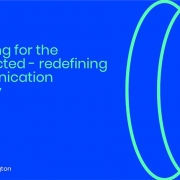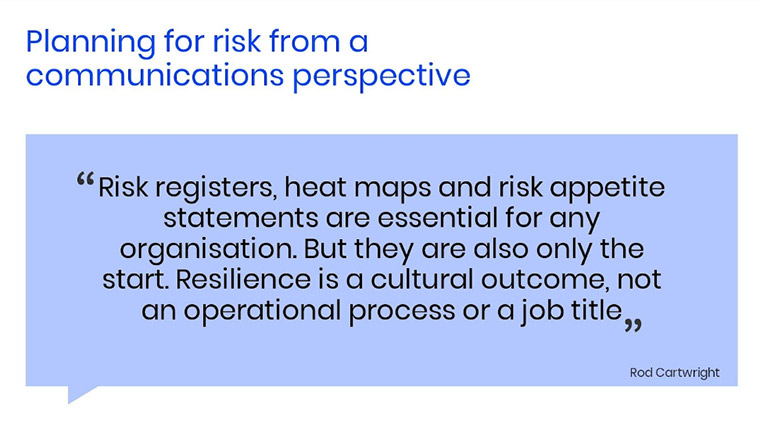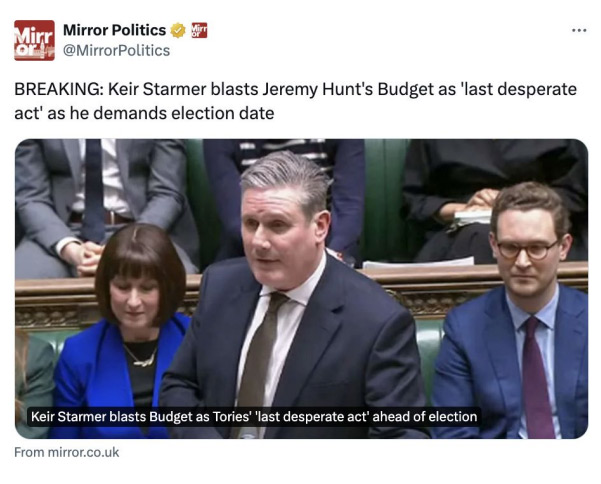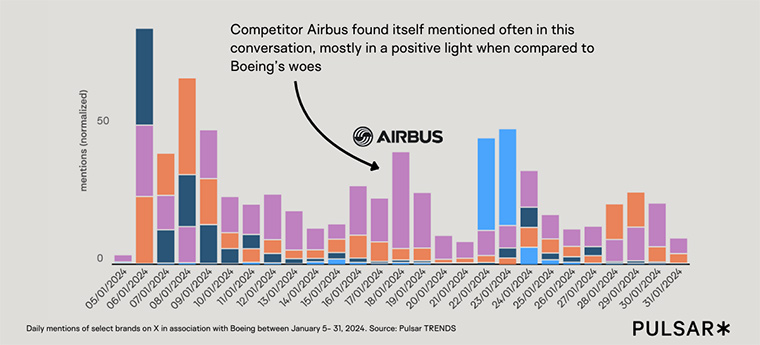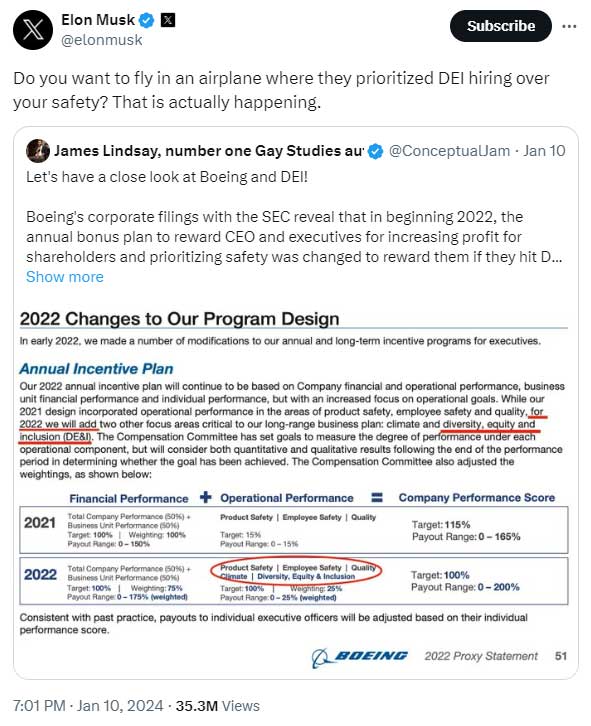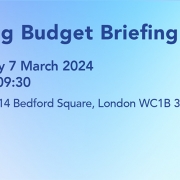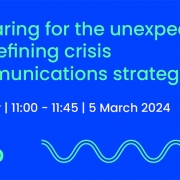When to get in touch with journalists with your PR contributions throughout the year
Want to know what journalists need for their news and features? The ResponseSource Journalist Enquiry Service is a solid indicator of what is trending in the media as hundreds of journalists use it each month to get information for articles, expert comment, and much more.
We reflect on what has been popular on the Journalist Enquiry Service this year so far, and predict what will be high on the agenda for journalists during the second quarter and where you can gain media coverage.
Get your health pitches in early
The start of a new year means a focus on healthy living for many, and the word ‘healthy’ was the most popular with journalists sending enquiries to PRs. It appeared in 10% of the total requests throughout January, February, and March, and has seen a 6% increase in use this year.
Titles such as Women’s Fitness, Top Sante, the Daily Mail, GB News and BBC Good Food all sent enquiries during the first quarter of the year. Fitness, diet, weight loss, recipes, workouts and skincare were all included in these requests around healthy living.
The Health category as a result was the second most used by media professionals using the Journalist Enquiry Service, after Women’s Interest & Beauty.
Now? Health features may be a big part of New Year write-ups, but it’s a popular topic throughout the year – plenty of opportunities to get experts featured in national press and big consumer magazines.
Interest in AI continues to grow
The media’s interest in AI and the ways it will impact our lives has grown consistently for around the last eighteen months. ‘AI’ featured as a keyword in over 3% of all requests between January and March. It’s also seen a big increase compared to the first quarter of last year, with a rise of 51%.
Now? The interest in writing articles around AI has remained consistent – enquiries tend to focus on getting experts in AI to comment on issues and new developments, varying from AI therapists, to AI in business,to bringing AI into mining metals. You could get experts featured in titles such as IT Pro, The Next Web, Yahoo! News, Verdict, and The Financial Times.
Travel plans are being made earlier
Easter fell earlier in the calendar year for 2024 which might explain why ‘travel’ has been popular as a keyword in the first quarter, with journalists looking to cover places for people to get away in the school holidays. Over 5% of the total requests were for ‘travel’ and 2% were for ‘holiday’.
‘Travel’ did perform well as a keyword last year too, but this year we have seen an 11% increase. There has also been a 14% rise for ‘holiday’ as a keyword and the Travel category as a whole has received 5% more requests than this time last year.
Now? Requests regularly centre on information around holiday destinations or hotels to stay at but also experts to provide comment and case studies on travel nightmares.
Journalists from outlets such as PA Media, Sky News, The Daily Star, Bella, and BBC Travel have all sent enquiries. The Travel category and these keywords will only grow more popular as we head towards the summer, meaning lots of media opportunities to get your hotel featured or travel guide providing comment.
Trending topics to be ready for in the second quarter
Holidays and celebrations such as Valentine’s Day and Mother’s Day always generate a high volume of requests on the Journalist Enquiry Service. We expect ‘Father’s Day’ to be a key phrase throughout April and May, ahead of 16 June. In fact, we have already seen requests for it in the first quarter and this has led to a 8.5% increase for the Men’s Interest category compared to last year. Enquiries around Father’s Day are usually looking for products to review or gifts or experiences that Dads can enjoy.
‘Summer’ was the top keyword for the second quarter last year and is likely to perform well again this year. This can vary from summer fashion to summer drinks to summer holidays. Travel, as we already mentioned, will receive a lot of requests as a category but Arts and Entertainment should do well as we hit festival season with events like Glastonbury and Download festival. Food & Drink also performs well as a category from April until June, with journalists looking for information around days such as National BBQ day (16 May), National Cheese Day (4 June) and World Gin Day (10 June), plus experts within this sector too.
Finally, we are expecting quite a big rise in the amount of requests for the Sport category. The Euro’s kick off in Germany in June and Wimbledon will take place at the beginning of July. This is then followed, of course, by the Olympics in Paris. Expect requests from journalists looking for places to go to watch these sporting events, as well as experts or coaches with advice on taking up featured sports.
Find out more about what journalists want from PRs, and how Vuelio can help.



